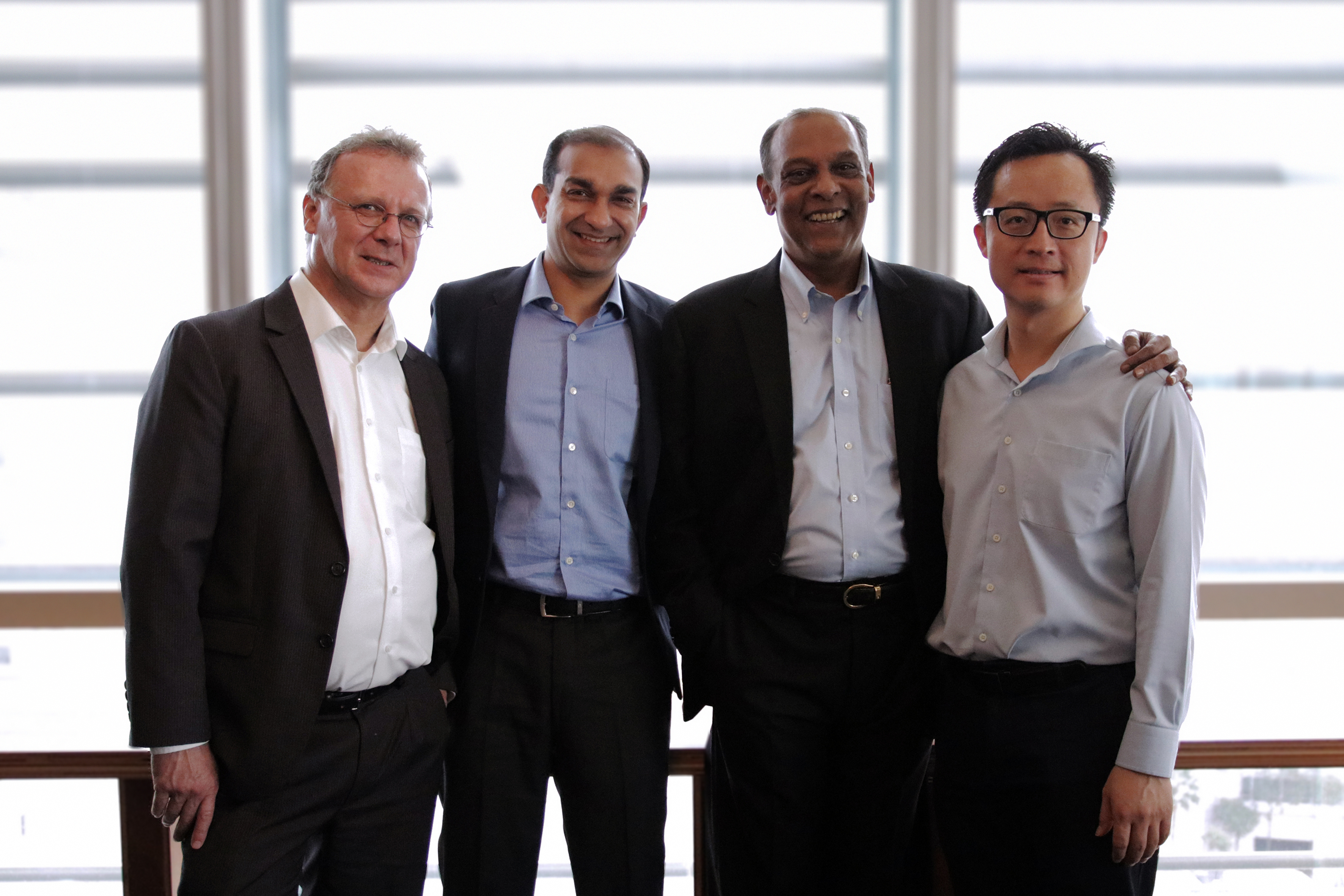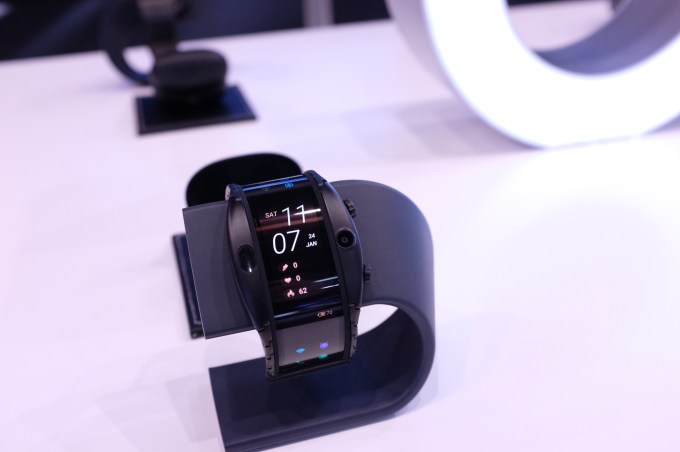The European Commission’s digital commissioner has warned the mobile industry to expect it to act over security concerns attached to Chinese network equipment makers.
The Commission is considering a defacto ban on kit made by Chinese companies including Huawei in the face of security and espionage concerns, per Reuters.
Appearing on stage at the Mobile World Congress tradeshow in Barcelona today, Mariya Gabriel, European commissioner for digital economy and society, flagged network “cybersecurity” during her scheduled keynote, warning delegates it’s stating the obvious for her to say that “when 5G services become mission critical 5G networks need to be secure”.
Geopolitical concerns between the West and China are being accelerated and pushed to the fore as the era of 5G network upgrades approach, as well as by ongoing tensions between the U.S. and China over trade.
“I’m well away of the unrest among all of you key actors in the telecoms sectors caused by the ongoing discussions around the cybersecurity of 5G,” Gabriel continued, fleshing out the Commission’s current thinking. “Let me reassure you: The Commission takes your view very seriously. Because you need to run these systems everyday. Nobody is helped by premature decisions based on partial analysis of the facts.
“However it is also clear that Europe has to have a common approach to this challenge. And we need to bring it on the table soon. Otherwise there is a risk that fragmentation rises because of diverging decisions taken by Member States trying to protect themselves.”
“We all know that this fragmentation damages the digital single market. So therefore we are working on this important matter with priority. And to the Commission we will take steps soon,” she added.
The theme of this year’s show is “intelligent connectivity”; the notion that the incoming 5G networks will not only create links between people and (many, many more) things but understand the connections they’re making at a greater depth and resolution than has been possible before, leveraging the big data generated by many more connections to power automated decision-making in near real time, with low latency another touted 5G benefit (as well as many more connections per cell).
Futuristic scenarios being floated include connected cars neatly pulling to the sides of the road ahead of an ambulance rushing a patient to hospital — or indeed medical operations being aided and even directed remotely in real-time via 5G networks supporting high resolution real-time video streaming.
But for every touted benefit there are easy to envisage risks to network technology that’s being designed to connect everything all of the time — thereby creating a new and more powerful layer of critical infrastructure society will be relying upon.
Last fall the Australia government issued new security guidelines for 5G networks that essential block Chinese companies such as Huawei and ZTE from providing equipment to operators — justifying the move by saying that differences in the way 5G operates compared to previous network generations introduces new risks to national security.
New Zealand followed suit shortly after, saying kit from the Chinese companies posed a significant risk to national security.
While in the U.S. President Trump has made 5G network security a national security priority since 2017, and a bill was passed last fall banning Chinese companies from supplying certain components and services to government agencies.
The ban is due to take effect over two years but lawmakers have been pressuring to local carriers to drop 5G collaborations with companies such as Huawei.
In Europe the picture is so far more mixed. A UK government report last summer investigating Huawei’s broadband and mobile infrastructure raised further doubts, and last month Germany was reported to be mulling a 5G ban on the Chinese kit maker.
But more recently the two EU Member States have been reported to no longer be leaning towards a total ban — apparently believing any risk can be managed and mitigated by oversight and/or partial restrictions.
It remains to be seen how the Commission could step in to try to harmonize security actions taken by Member States around nascent 5G networks. But it appears prepared to set rules.
That said, Gabriel gave no hint of its thinking today, beyond repeating the Commission’s preferred position of less fragmentation, more harmonization to avoid collateral damage to its overarching Digital Single Market initiative — i.e. if Member States start fragmenting into a patchwork based on varying security concerns.
We’ve reached out to the Commission for further comment and will update this story with any additional context.
During the keynote she was careful to talk up the transformative potential of 5G connectivity while also saying innovation must work in lock-step with European “values”.
“Europe has to keep pace with other regions and early movers while making sure that its citizens and businesses benefit swiftly from the new infrastructures and the many applications that will be built on top of them,” she said.
“Digital is helping us and we need to reap its opportunities, mitigate its risks and make sure it is respectful of our values as much as driven by innovation. Innovation and values. Two key words. That is the vision we have delivered in terms of the defence for our citizens in Europe. Together we have decided to construct a Digital Single Market that reflects the values and principles upon which the European Union has been built.”
Her speech also focused on AI, with the commissioner highlighting various EC initiatives to invest in and support private sector investment in artificial intelligence — saying it’s targeting €20BN in “AI-directed investment” across the private and public sector by 2020, with the goal for the next decade being “to reach the same amount as an annual average” — and calling on the private sector to “contribute to ensure that Europe reaches the level of investment needed for it to become a world stage leader also in AI”.
But again she stressed the need for technology developments to be thoughtfully managed so they reflect the underlying society rather than negatively disrupting it. The goal should be what she dubbed “human-centric AI”.
“When we talk about AI and new technologies development for us Europeans it is not only about investing. It is mainly about shaping AI in a way that reflects our European values and principles. An ethical approach to AI is key to enable competitiveness — it will generate user trust and help facilitate its uptake,” she said.
“Trust is the key word. There is no other way. It is only by ensuring trustworthiness that Europe will position itself as a leader in cutting edge, secure and ethical AI. And that European citizens will enjoy AI’s benefits.”






